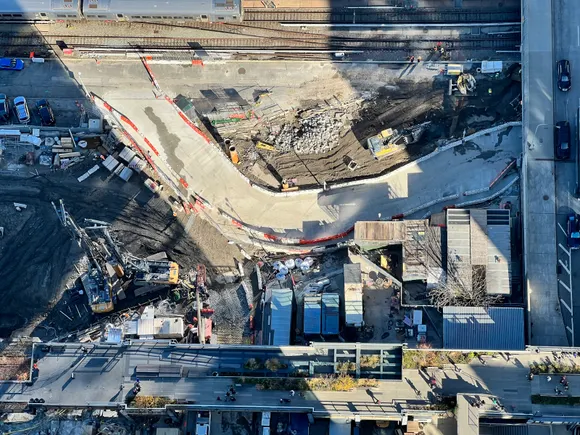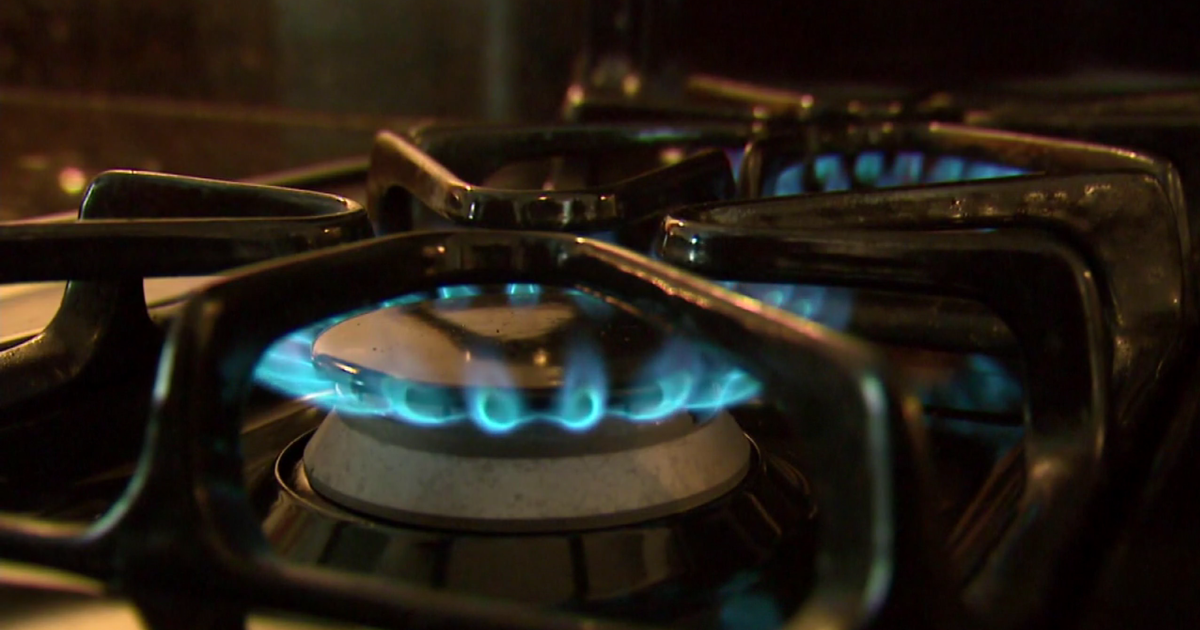"Nothing will work unless you do."
– Maya Angelou
THE ART OF LEADERSHIP
Rise, Work, and Soar
Maya Angelou’s Guide to Leading with Purpose, Resilience, and Grace, Lifting Every Voice Toward a Bright Shared Horizon of Hope!
Leadership, child, is rhythm. It is the hush before dawn when you lace your shoes, then the steady beat of footfalls on a rough road. You move first so others may believe the path can bear their weight. Work is your offering, sweat is your testimony, consistency is your love letter to possibility
But do not think the song is yours alone. Turn, listen, summon the quietest voice at the circle's edge. Ask what dream lives in their throat. When you honor that trembling note, a choir rises. The melody swells beyond any single throat, carrying courage down avenues you have never walked
Now let us talk, you and I, of tomorrow. The world will press its sorrows against your windowpane, begging entry. Stand tall, open the door, but carry a lantern of purpose high above the din. Invite your people to touch the flame, feel its warmth, and leave with pockets full of light to scatter wherever night still lingers. Remember, hope travels far when it rides on the shoulders of those who have been lifted up
Move with purpose, listen for hidden dreams, share your flame. Let one steady deed ignite another, until hope walks beside each person you meet today.
COMMERCIAL CONSTRUCTION
Micron Idaho Megafab Breaks Dirt at Dawn
Micron kicks off $15B Boise memory megafab with 1,200-acre excavation, launching 17,000 construction jobs and first U.S. DRAM line in decades
Micron broke ground on its $15 billion Boise DRAM megafab on April 25, as dozers started stripping alfalfa beside the company's HQ. Contractor Kiewit-Big D will grade seven million cubic yards over 14 months to prep a pad for four cleanroom modules and a 250-ft utility spine.
The 1,200-acre site will swarm with 17,000 workers at peak, hanging 420,000 tons of steel, 37 cranes, and 70 miles of process pipe. Micron targets steel-top in 2026 and tool move-in 2027, shipping LPDDR7 chips in 2028. Idaho Power has reserved 800 MW, including a 300 MW solar farm. A new modular dorm village will house 2,000 out-of-state trades, and an onsite craft clinic aims to log one million injury-free hours.
Idaho granted $736 million while federal CHIPS credits push support past $2 billion, tied to buy-American tool quotas. Analysts say the project, moving ahead as Intel delays Ohio, shows AI memory demand can still finance U.S. green-field fabs. Boise State is scaling a mechatronics program to supply 500 techs a year!
INFRASTRUCTURE INDUSTRY
Gateway Manhattan bore contract sealed dig begins
Gateway Commission awards $3.1B contract to bore Manhattan section of Hudson Tunnel, clearing final hurdle for full-scale construction
Gateway’s board approved a $3.1 billion design-build deal with Skanska-Traylor-HNTB on Monday to excavate the Manhattan approach of the Hudson Tunnel Project, sealing the last big contract before river boring begins. The package covers 1.6 miles of twin tube from Hudson Yards to Penn Station and funds a decked staging yard above the tracks, turning years of planning into concrete work.
Crews will freeze the clay, drop two 32-ft TBMs in 2026, and push 30 feet daily while robots grout 14-in rings a cut-and-cover box west of Tenth Avenue bundles flood gates, power rooms, and cross passages. Ten thousand sensors feed a digital twin to keep the settlement under an eighth of an inch.
VTA expects 97,000 jobs and a 60-minute SFO run once trains roll. Funding uses a $4.6 billion federal grant, state bonds, county taxes, and a Build America loan due to fall. Inflation worries linger, but overrun risk sits on contractors. Highway 101 drivers say Diggy’s drop means relief ahead. Riders applaud!
RESIDENTIAL RESEARCH
Chicago Gas-Free Homes Push Roils City Council Row
All-electric rule clears 10-7 committee; unions cite job risk, builders seek 45L credits, gas lobby mobilizes ahead of full Chicago Council vote
Chicago’s gas-free push advanced April 24 when the Housing & Real Estate Committee okayed the Clean Buildings Ordinance 10–7, sending it to a May 15 floor vote. It would bar new gas lines in houses under 80 ft beginning January 2026 and mandate heat-pump HVAC plus induction wiring, mirroring earlier coastal rules. Sponsors say about 12,000 units a year would switch to all-electric, trimming city methane use by 2 %.
Pipefitters Local 597 warns 2 300 plumbing and HVAC jobs could vanish, while climate groups tout lower bills and cleaner air from electrification. Builders argue the refreshed $ 8,000 45L credit, falling heat-pump prices, and blunt upgrade costs, though they urge faster permits to dodge supply snarls; triple-pane window orders already leapt 190 %.
Gas utilities have launched “cook how you want” ads and vow to sue under federal appliance law if the council approves the ban. Mayor Brandon Johnson backs the plan after carve-outs for low-income projects lacking grid capacity. Five swing aldermen will decide the issue; passage would crown Chicago the Midwest’s first major city to ditch gas in new homes and likely nudge neighboring suburbs to follow.
TOOLBOX TALK
The Importance of Avoiding Overhead Obstructions on Construction Sites
Introduction
Good morning, Team! Today's toolbox talk covers avoiding overhead obstructions. Overhead hazards such as pipes, beams, power lines, or suspended equipment can lead to serious injuries or fatalities if ignored.
Why It Matters
Striking overhead obstructions causes injuries, damage to equipment, or even electrocution. Awareness and caution help keep everyone safe.
Strategies to Avoid Overhead Hazards
Inspect Work Areas:
Always survey overhead areas before starting work to identify potential obstructions.
Maintain Safe Clearances:
Keep equipment, ladders, and tools safe from overhead power lines or objects.
Use Warning Signs and Barriers:
Mark overhead hazards and use barriers or spotters to control access to dangerous areas.
Be Alert When Moving Equipment:
Look upward and use spotters when moving tall equipment, cranes, or vehicles.
Wear Proper PPE:
Always use hard hats to protect against accidental head injuries.
Discussion Questions
Have you experienced incidents involving overhead hazards?
What additional safety measures can we implement?
Conclusion
Preventing overhead accidents requires constant vigilance, clear marking of hazards, and adherence to safe clearances. Look up, stay safe.
Look up, stay alert, stay safe!







